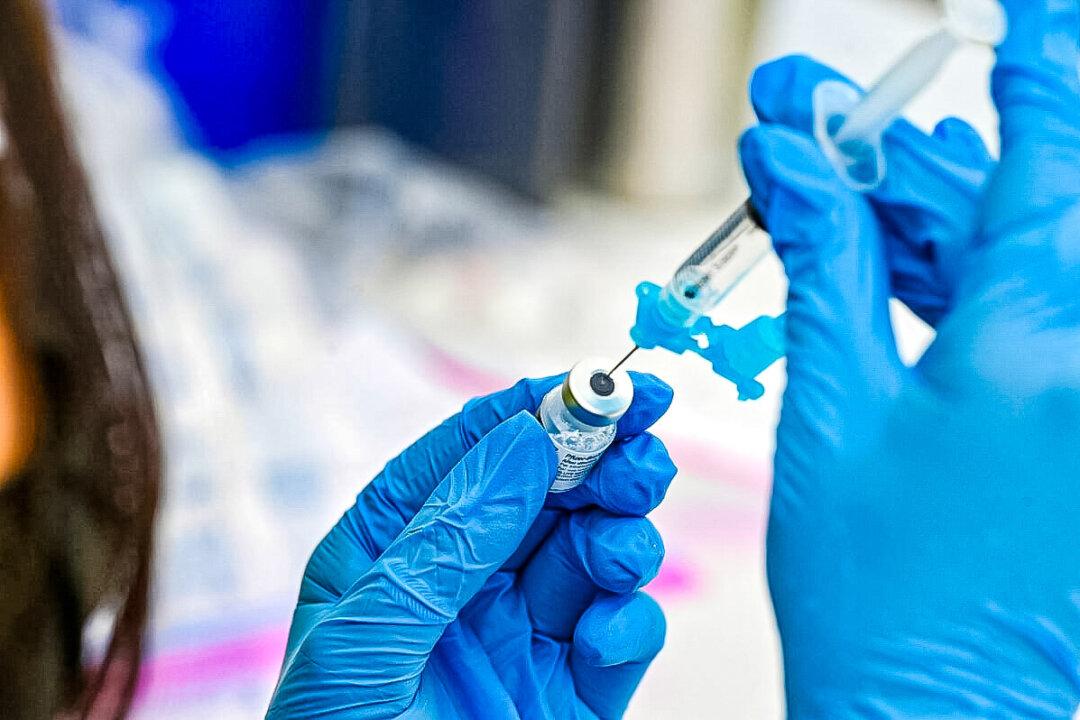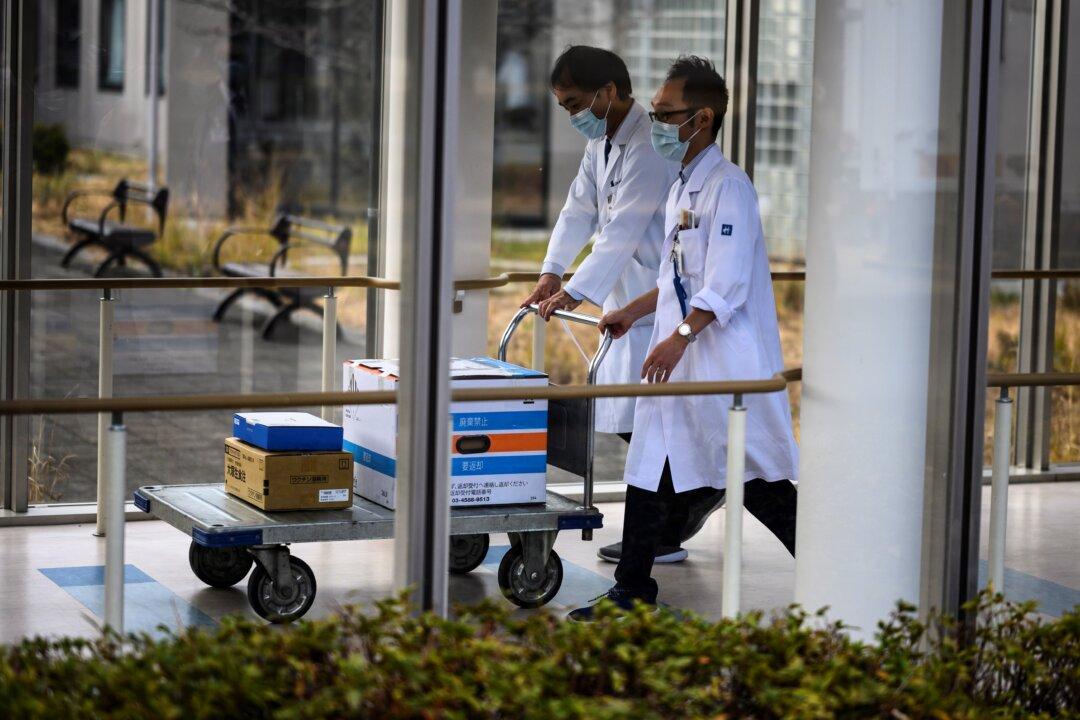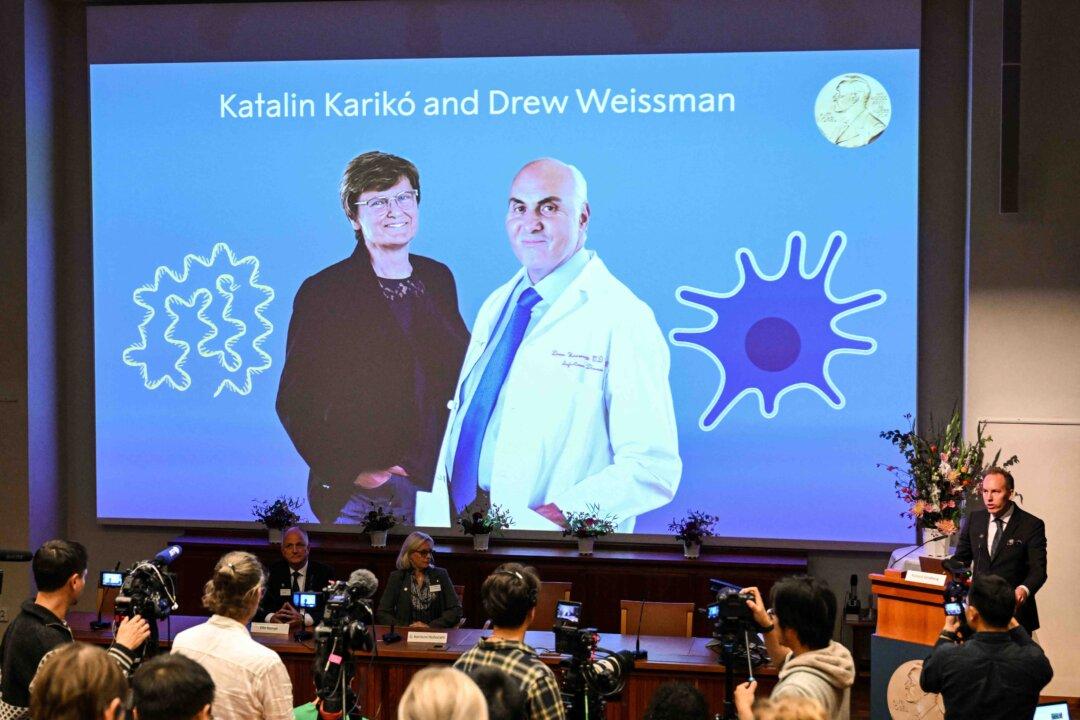Commentary
According to the World Health Organization, there have been 6,947,192 confirmed COVID-19 deaths globally as of June 28. Of those, 1,127,152 occurred in the United States, making the number of Americans killed by the virus more than 19 times the number of American soldiers killed in the Vietnam War.




